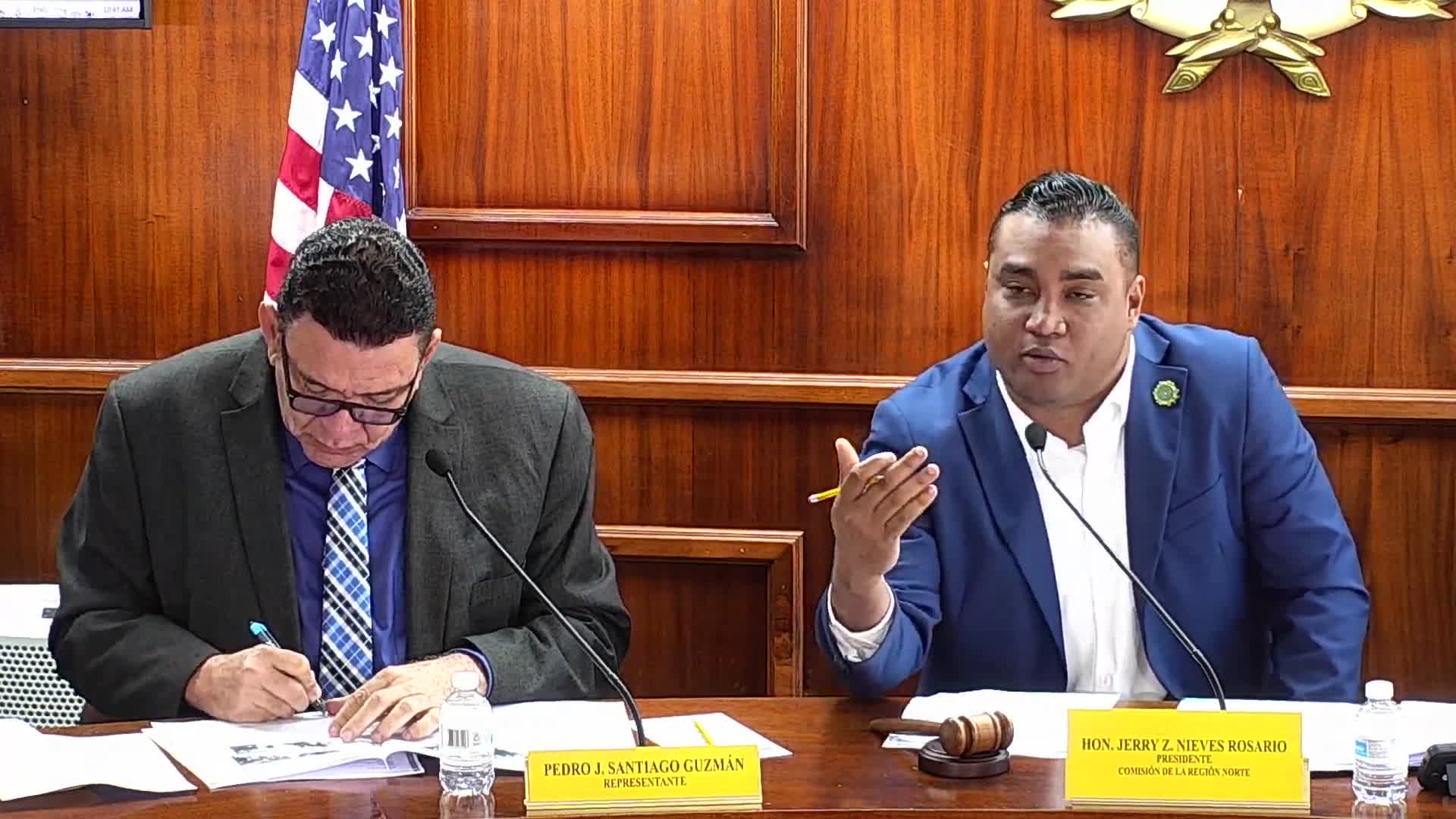
This article was created by AI using a video recording of the meeting. It summarizes the key points discussed, but for full details and context, please refer to the video of the full meeting. Link to Full Meeting
The early warning system, which is set to begin installation in two weeks, will feature multiple detection devices and sirens strategically placed around the dam. This system aims to provide timely alerts to both the public and emergency management officials, ensuring a coordinated response in the event of an emergency. Representatives from the authority overseeing the project confirmed their readiness to commence work, emphasizing the importance of this initiative for community safety.
During the discussions, a question arose about the necessity of legislative amendments to mandate annual structural assessments of the La Plata Dam and other similar facilities. It was noted that existing legislation, specifically Law 133 of 1986, already requires such evaluations to ensure the safety of dams across Puerto Rico. This law establishes a framework for monitoring and maintaining dam integrity, which includes regular inspections and data collection on structural conditions.
The meeting also touched on the broader implications of unifying safety protocols across all dams in Puerto Rico. The goal is to standardize safety measures, ensuring that regardless of ownership, all dams operate under the same safety guidelines. This initiative reflects a proactive approach to disaster preparedness and risk management in the region.
In conclusion, the discussions at the meeting underscored the importance of ongoing safety measures and legislative frameworks in protecting communities from potential dam failures. As the early warning system is set to roll out, stakeholders are optimistic about its impact on emergency preparedness and public safety in Puerto Rico. The next steps will involve monitoring the implementation of the system and ensuring compliance with existing safety regulations.
Converted from Audiencia 3 meeting on May 08, 2025
Link to Full Meeting
Comments
View full meeting
This article is based on a recent meeting—watch the full video and explore the complete transcript for deeper insights into the discussion.
View full meeting

